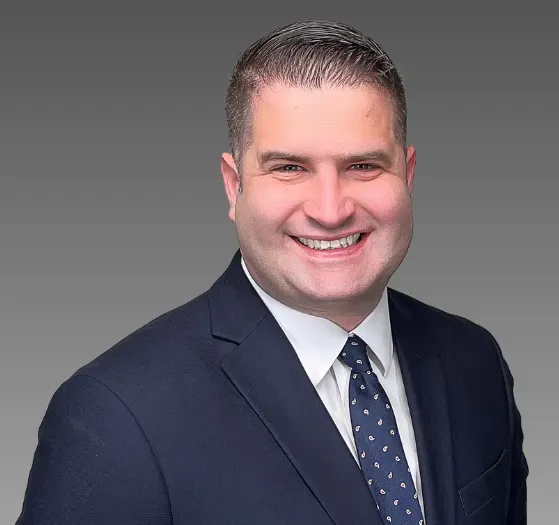'Miscommunication is expensive'

A version of this story first appeared in The Level newsletter. To get it in your inbox weekly, sign up for free, here.
By Margot Lester | for The Level
Depending on who you ask, the percentage of Spanish-speaking construction crew members is between 30 and 50%. Removing language barriers improves safety and productivity, reduces mistakes and improves overall culture. It can even be a tool for expanding your business. These factors prompted the Hispanic Contractors Association of the Carolinas to work with Monique Lewis of Next 2 Native Language Learning to design a language-led course specifically focused on construction. We sat down with Lewis to learn more about this worthwhile investment.
Why do we need to do more to improve understanding at the job site?
When language barriers go unaddressed, they don’t just slow down progress, they can cost lives. Training helps ensure that everyone understands what’s expected and, most importantly, goes home at the end of the day. We also flip the model and provide HR or middle management with Spanish instruction.
With contractors concerned about price hikes and other economic pressures, why does investing in language training make sense now?
Miscommunication is expensive and leads to rework, delays and safety incidents. Language training reduces those risks while improving efficiency and worker retention. It also boosts productivity and helps unite crews to collaborate. When crews understand expectations clearly, they work faster and safer with less rework and cost overruns. It's risk management with a strong return.
So language training helps address the labor shortage?
Language training is often overlooked as workforce development, but that’s exactly what it is—upskilling workers through communication. [Training] helps retain skilled labor by showing Spanish-speaking workers that they’re valued and supported, and creates a path for promoting from within. Many already know the job but lack the language skills to move up. When companies can develop internal talent instead of hiring and retraining externally, it saves time, money and strengthens the team overall. As trust grows, participants often share challenges beyond the job, giving us the chance to connect them with resources like suicide prevention or community partners. When we see workers as people first, the impact goes far beyond language.
Thanks for reading today's edition! You can reach the newsletter team at thelevel@mynewsletter.co. We enjoy hearing from you.
Interested in advertising? Email us at newslettersales@mvfglobal.com
Was this email forwarded to you? Sign up here to get this newsletter once a week.
The Level is curated and written by Margot Lester and edited by Bianca Prieto.





